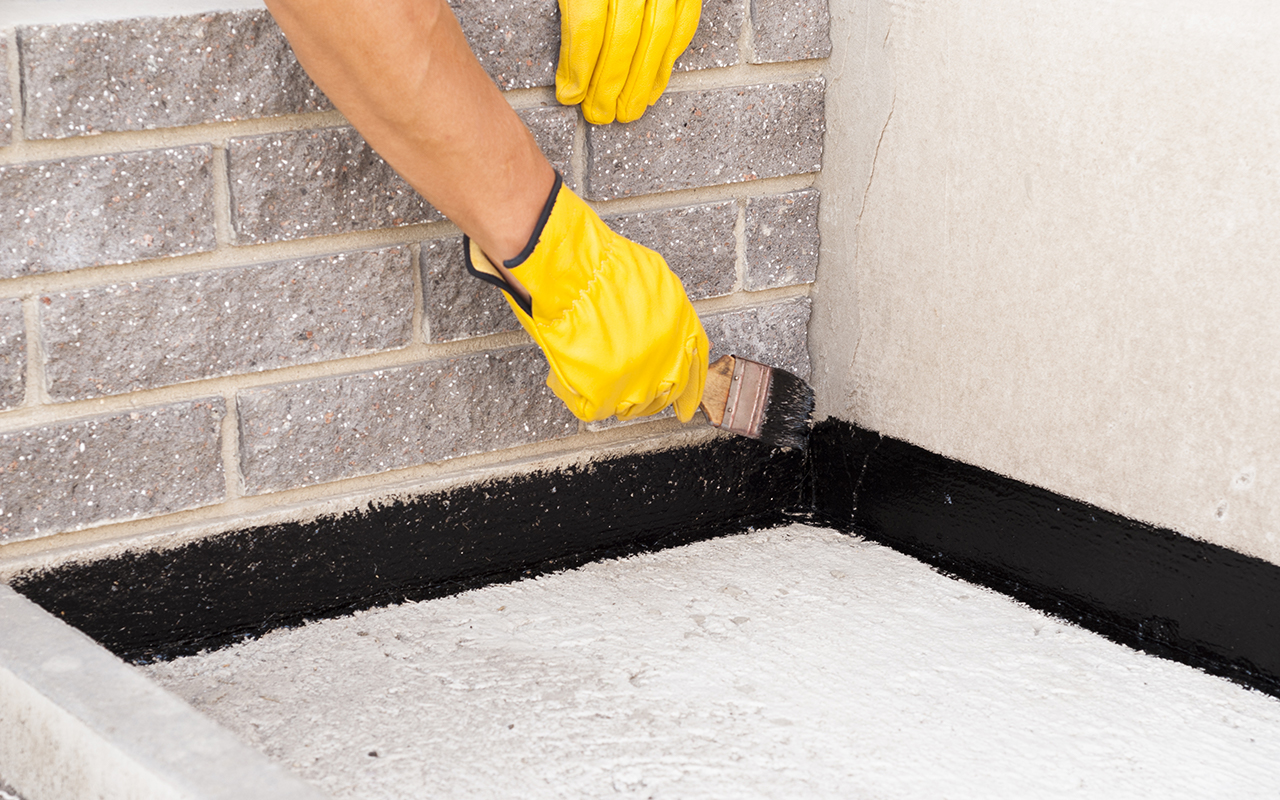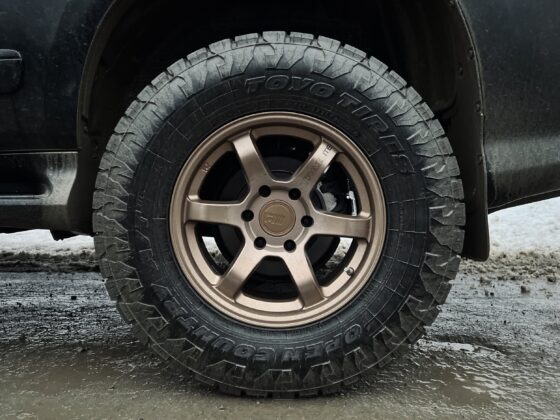Are you considering waterproofing your basement but unsure about the costs involved? Understanding the average price of waterproofing a basement can help you make informed decisions when it comes to protecting your home from water damage. From the different methods available to the factors that influence pricing, breaking down the costs can give you a clearer picture of what to expect.
Let’s delve into the details of waterproofing your basement and the expenses you might encounter along the way.
Waterproofing a Basement

Waterproofing a basement is a crucial step in protecting your home from water damage, mold, and other potential issues. There are various methods available for waterproofing, including interior and exterior solutions, as well as options such as sump pumps and drainage systems.
The average cost of waterproofing a basement can vary depending on the size of the area, the severity of the water problem, and the method chosen for waterproofing. It is essential to consult with a professional contractor to assess the best course of action for your specific needs and to get an accurate estimate of the costs involved.
By investing in waterproofing your basement, you can ensure the long-term health and stability of your home.
Factors Influencing the Cost of Waterproofing
Several factors can influence the cost of waterproofing a basement. The size of the basement plays a significant role, as larger basements require more materials and labor to properly waterproof.
The extent of the water damage and the severity of the moisture problem will also impact the overall cost, as more extensive damage may require more intensive waterproofing solutions.
The type of waterproofing method used, such as exterior or interior waterproofing, will also affect the cost, as some methods are more labor-intensive and expensive than others.
Additionally, the contractor’s experience and reputation can influence the cost, as more experienced contractors may charge higher prices for their services. Overall, it is essential to consider these factors when budgeting for waterproofing a basement to ensure that the cost estimates are accurate and realistic.

Ways to Save on Waterproofing Expenses
There are several ways to save on waterproofing expenses for your basement. One cost-saving tip is to regularly inspect and maintain your gutters and downspouts to prevent water from seeping into your basement.
By ensuring that your gutters are clear of debris and directing water away from your foundation, you can minimize the risk of water damage. Another way to save on waterproofing costs is to address any cracks or holes in your foundation promptly.
Small cracks can quickly turn into major issues if left unchecked, so investing in sealing or patching these areas can prevent costly repairs down the road. Additionally, considering DIY solutions for minor waterproofing tasks can help save money on labor costs.
While some larger projects may require professional assistance, tackling smaller tasks independently can add up to significant savings in the long run. By implementing these cost-saving strategies, you can protect your basement from water damage without breaking the bank.
Conclusion

In conclusion, waterproofing a basement is a critical investment in protecting your home from water damage and mold growth. The costs of waterproofing can vary depending on the size of the basement, the extent of the work needed, and the materials used.
From exterior drainage systems to interior sealants, there are a variety of options available to suit different budgets and needs. It is important to consider the long-term benefits of waterproofing, such as increased property value and peace of mind.
By taking the necessary steps to protect your basement, including waterproofing foundation walls, you can ensure a dry and healthy environment for your family for years to come.


